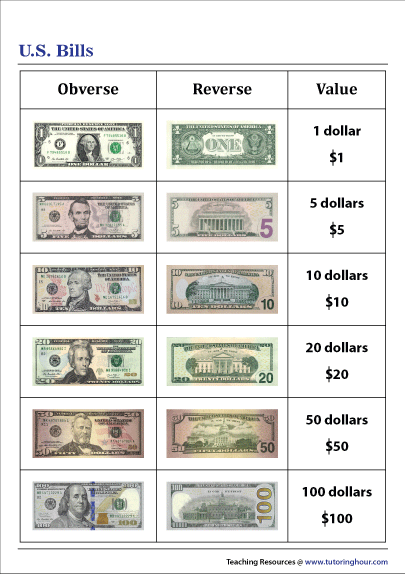
“Electronically just makes it easier to keep records, rather than a pile of papers, plus, it saves trees!” noted a survey respondent. If you’re well organized and regularly store important notices and bills in electronic files, digital access can save time and offer quick retrieval of important documents.


With electronic billing, consumers typically receive an email notifying them of an e-bill that can be paid online using a credit or debit card, via automatic bill payment (in which the company is authorized by the consumer to take funds from the consumer’s bank account), or by making individual payments using the customer’s online bank account bill pay function. Consumer Action has joined a petition opposing the proposed rule with the U.S. The SEC has been seeking consumer input on the coming switch from paper as the default to digital, and is asking for feedback on the possibility of charging fees to process shareholder requests for paper reports. As of 2021, firms may provide these reports online, as long as they offer an option to request paper reports. Securities and Exchange Commission (SEC), the federal agency charged with protecting investors, has adopted a rule that will allow firms to default to digital delivery of mutual fund reports.
#TYPES OF BILLS TO PAY DOWNLOAD#
The agency accepts but discourages paper orders by requiring consumers to download and print a request form and wait four to six weeks for delivery. While all consumers with internet access can access their Social Security earnings statements electronically, only those age 60 and over who are not receiving benefits and don’t have an online account will automatically receive it on paper. It’s not just companies that are relying on digital documents as the default delivery method. Now that many consumers bank online, some financial firms are offering enticements to customers who shift to electronic bills and notices, while others are switching customers to e-bills (electronic bills) unless the consumer insists on paper statements.ĪT&T alerted customers in the fall that they were automatically converting them to paperless bills unless customers contacted the company saying they wanted to continue receiving paper. Depending on the account category, 45-74 percent of respondents said that they choose paper over electronic notifications for insurance, utilities, medical, mortgages, credit cards and property taxes.įinancial firms see cost savings from digital communications because they may save on printing, mailing, document processing, storage, labor costs and improved employee productivity. In a recent online survey conducted by Consumer Action, the vast majority of respondents noted that they prefer to receive all types of bills by mail-even when they opt to pay the bill online. Not everyone is ready (or wants) to transition to electronic deliveryĬompanies and government agencies are eager to steer people into receiving regular bills and financial statements electronically rather than through old-style paper notices, or “snail mail.” Think about the last time you opened a paper map or searched for a phone number in a paper phone book transitioning to electronic communications can be useful, but many of us still prefer to receive important financial documents on paper. Groups push back on paperless in support of consumer choice.Account statement rights and requirements.

Consumer Action survey: Given the choice, consumers prefer a paper trail.


 0 kommentar(er)
0 kommentar(er)
